I'm working on a scientific database that contains model statements such as:
"A possible cause of Fibromyalgia is Microglial hyperactivity, as supported by these 10 studies: [...] and contradicted by 1 study [...]."
I need to specify a source for statements in Neo4j and be able to do 2 ways operations, like:
- Find all statements supported by a study
- Find all studies supporting a statement
The most immediate idea I had is to use the DOI of studies as unique identifiers in the relationship property. The big con of this idea is that I have to scan all the relationships to find the list of all statements supported by a study.
So, since it is impossible to make a link between a study and a relationship, I had the idea to make 2 links, at each extremity of the relationship. The obvious con is that it does not give information about the relationship, like "support" or "contradict".
So, I came to the conclusion that I need a node for the hypothesis:
However, it overloads the graph and we are not anymore in the classical node -relationship-> node design that makes property graphs so easy to understand.
Using RDF, it is possible to add properties to relationships using subgraphs, however there we enter semantic graphs and quad stores, which is a more complex tool.
So I'm wondering if there is a "correct" design pattern for Neo4j to support this type of need that I may not have imagined instead?
Thanks


